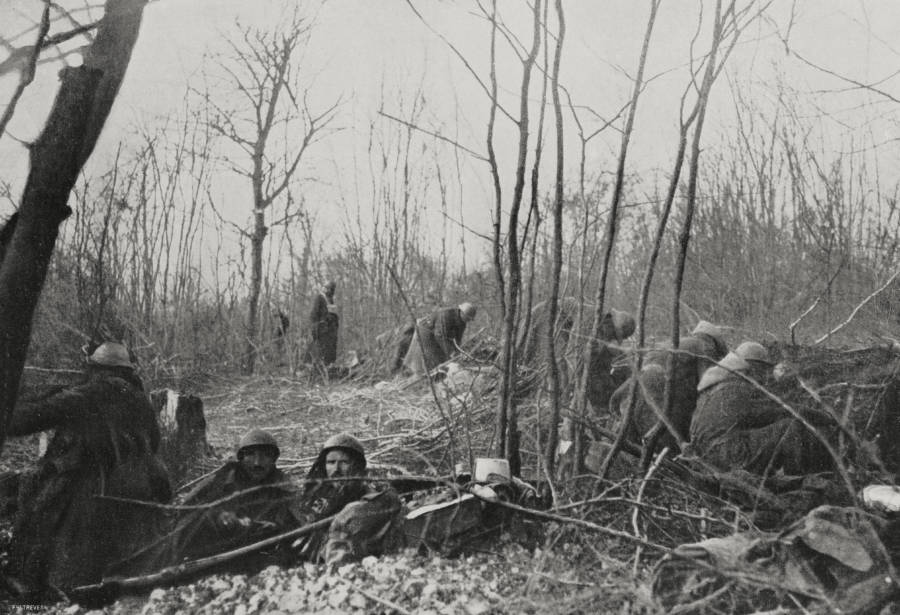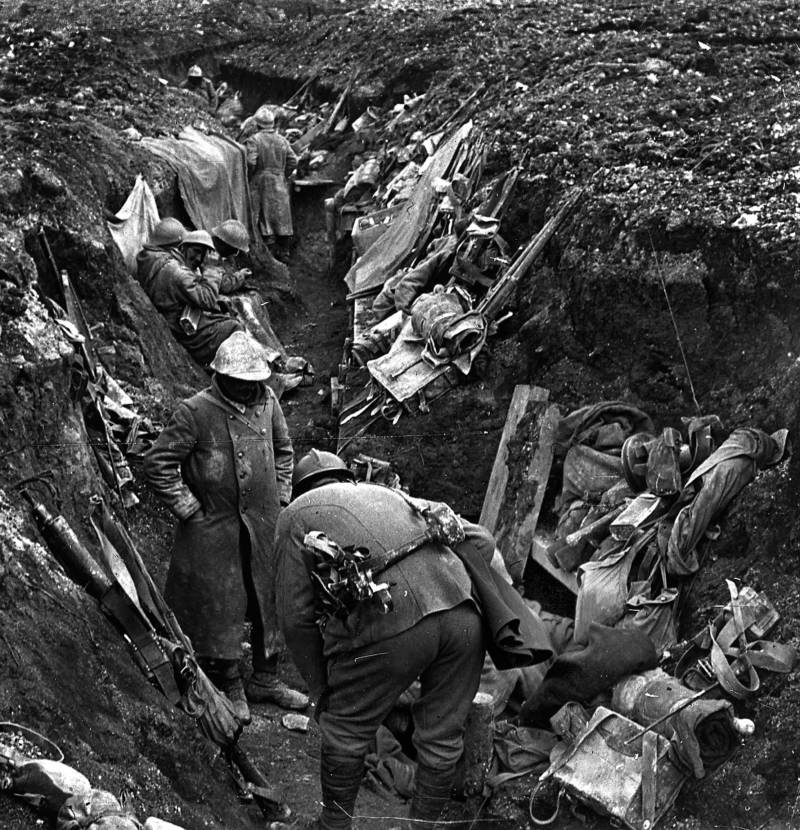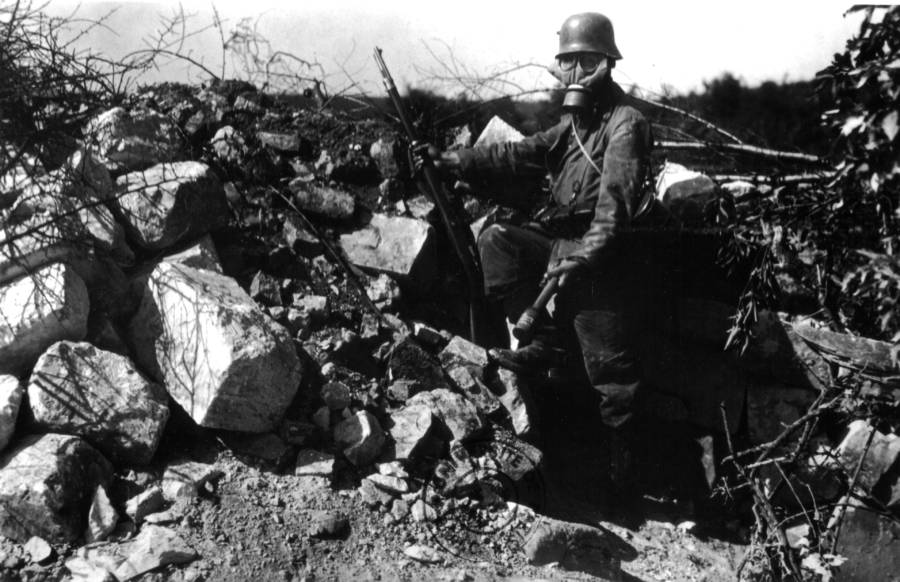
WWI would present a change in technology and showcase old ideals meeting new technologies. What Technology Was Used in the Battle of Verdun? In the end, France was able to recapture what was lost and capture enemy troops as prisoners before German forces gave up. Months would go by before the battle ended. But the move did nothing to change the overall situation. This meant stretching German forces farther as they dealt with other campaigns from Britain and Russia.Īfter months of fighting, German Kaiser Wilhelm II would replace von Falkenhayn with Paul von Hindenburg. Its secret weapon, the flammenwerfer (flamethrower), was going to help the Germans, along with phosgene gas.īut the battle would quickly develop into a stalemate, only intensifying casualties for the opposing forces. Part of the strategy came from the new technology the Germans planned to unleash. The idea was that France wasn’t as ready as British forces, and this could hopefully be a big enough blow to begin talks for peace. Both the German and French sides suffered mightily.Ĭhief of Staff Erich von Falkenhayn ordered his men to attack Verdun, France, a fortress on the Meuse River.

Battle of Verdun casualties would reach well over 700,000, with more than 300,000 lives lost on each side. Read next: Battle of Midway: 80 Years Since We Turned the Tide of WWII Who Won the Battle of Verdun?įrance would go on to win the Battle of Verdun, calling an end to the longest battle of World War I. Despite the belief that new technologies, such as the flamethrower, could lead to victory for the Germans, the battle evolved from a quick victory into the longest battle we’ve ever recorded. If anything shined the spotlight on these elements best, it was the Battle of Verdun. In World War I, this would come to be through a mix of trench warfare and new weapons that relied on killing the enemy without regard to the effects on humanity. Some battles and wars are defined by these elements.
Verdun casualties free#
There is free parking on site.The ongoing evolution of warfare has provided many different ways for mankind to kill itself. If travelling from Paris, take the A4 motorway and Exit 30, “Voie Sacrée”. If travelling by car from the town of Verdun simply follow the signs to “Champ de Bataille Vaux-Douaumont”. The museum was built on the site of the old railway station in the destroyed village of Fleury-devant-Douaumont. The Memorial lies amid the network of hills around Verdun, in the middle of the “Exceptional Forest” between the town of Verdun and the Douaumont Ossuary. It also has a dedicated educational centre. Exhibits are translated into English, French, German, Italian, Spanish and Dutch, making the Verdun Memorial very accessible and the museum is divided thematically.įor those wishing to tour Verdun generally and see the different sites, the Verdun Memorial offers advice and itineraries, meaning it’s a good starting point for anyone touring independently. Laid out over two floors, the Verdun Memorial Museum immerses the visitor in the realities of the battle by recreating the trench system and using multimedia presentations to guide visitors through the events of the war.

The Verdun Memorial Museum displays an array of objects and documentation dating back to the Battle of Verdun, including weaponry, French and German aircraft, photographs and medical equipment. The Verdun Memorial is set amidst the site of this battle and the surrounding landscape bears the scars of the war, including mine and shell craters. Patriotism, bravery and unimaginable suffering – the Battle of Verdun symbolises all of these in French consciousness. The defiant French defence of the strategically-vital and symbolic fortress at the cost of an extraordinary amount of human life has led Verdun to become one of France’s most typical memories of the Great War.

It was one of the longest, bloodiest, and most-ferocious battles of the war French casualties amounted to about 400,000, German casualties to about 350,000.

The Battle of Verdun was a fierce clash between French and German forces in 1916 during the First World War which resulted in hundreds of thousands of casualties. The Verdun Memorial (Mémorial de Verdun) is both a memorial site and a museum located in the Verdun Battlefield in France.


 0 kommentar(er)
0 kommentar(er)
